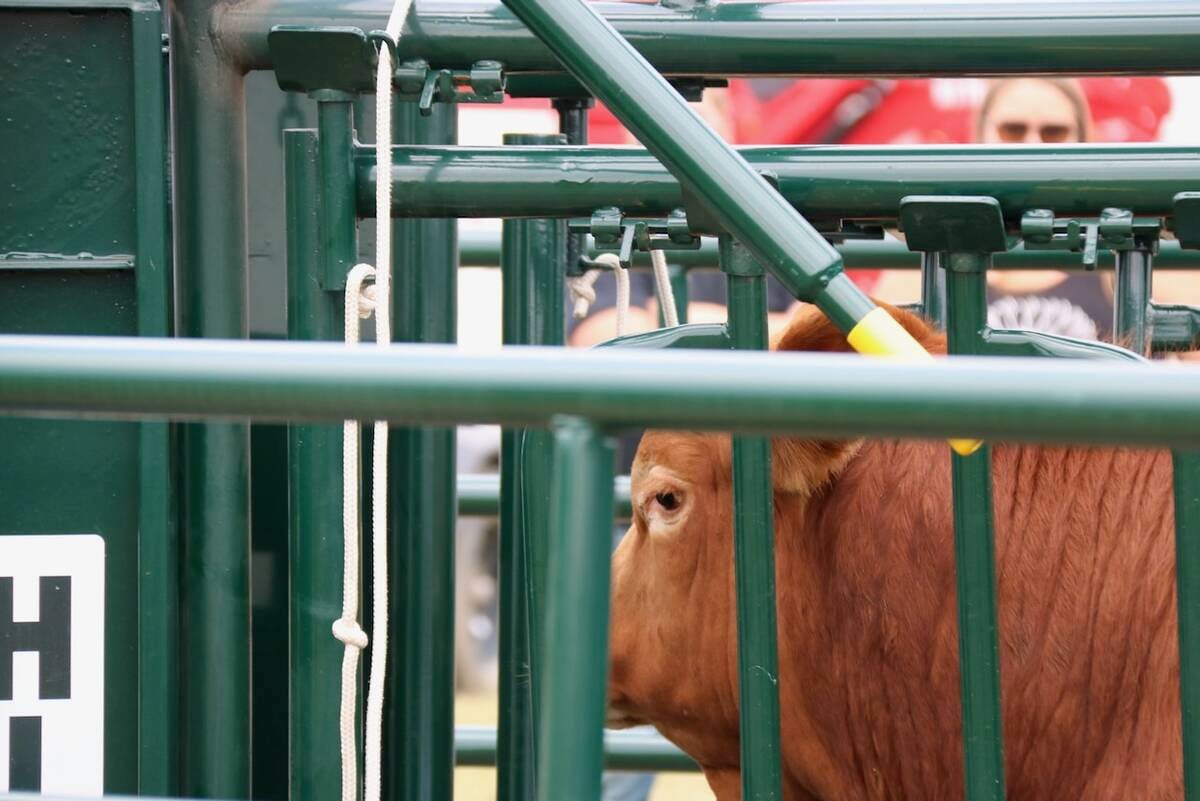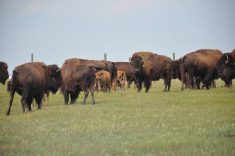LACOMBE, Alta. – Sending feedlot cattle out to pasture is a good way to stretch their growing period and save money on high priced grain.
“The cost of gain on grass should be substantially less than the cost in the feedlot, especially when you are in a high grain price period,” said Red Deer feedlot owner Jack Olson.
Graziers may talk about high gains achieved on grass but after running cattle on grass and feeding grain, Olson tempered the claim. He shared his experiences at a pasture school June 5.
Read Also

Good handling equipment a must on cattle operations
It’s important for the safety of producers and everyone else dealing with their stock that handling equipment is functional and safe.
His goal is to buy a 550 pound calf in the fall and have it programmed to finish in June. Or, that same calf could go on grass in the spring to slow its weight gain and be ready for market between December to February, when fat markets tend to be stronger.
Some feedlots may decide to keep the top performing half on grain and send the bottom half to grass. Growthy cattle on excellent grass do gain up to two pounds per day, but there are others that gain little.
Olson said if fleshy cattle are put on average grass they can probably gain 3/4 to 11/2 lb per day.
He has some stipulations for the grazing contract.
“Cattle are as variable as the grass and you learn by experience.”
Olson wants to know who weighs the cattle and where the scales are located. He wants them weighed on the same scale going in and coming out.
Once the animals arrive, they may fail to gain due to drought or grass shortage. There could be death losses or health problems.
Cattle health and condition affect how well they perform on grass and Olson wants assurances that the custom grazer takes care of them. He wants to know who checks the herd and treats the sick, who supplies the drugs, salt and minerals, who sorts the cattle and does inventory on herd numbers and who recovers the strays.
He is concerned about the stocking rate and when the cattle should be pulled off grass. When the peak is gone, the cattle have to move, he said.
Olson wants a contract on the terms of payment whether it is paid daily, monthly or on a cost per pound basis.
“The more I know about the cattle coming in, the more I would prefer a daily rate,” he said.
When the cattle are ready to return to the feedlot, it is better if they have not received any grain because the feedlot prefers to handle a transition diet so the rumen adjusts to a new feed.
Most feedlots also have a health program and no one wants grass cattle coming in with untreated foot rot, pink eye or other problems because they tend to be chronic health issues.















